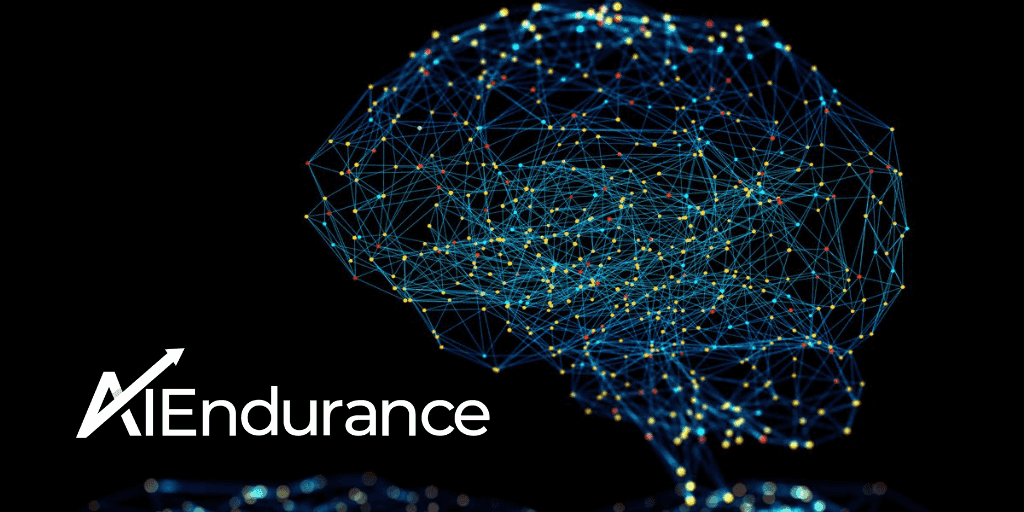
AI Endurance is a data-driven training platform. In order to maximally benefit from the training and have the program be most personalized to you, you'll want the best possible data to flow into the platform. Here's a few recommendations on how to achieve this.
With AI Endurance, you have the option to integrate overnight heart rate and HRV data into your training routine. We automatically monitor and adapt your training program via a personalized recovery based on your data. To get your overnight heart rate and HRV data into AI Endurance you have the following options:
You can find more information in the AI Endurance FAQ or in the AI Endurance user's Facebook group.

DFA (detrended fluctuation analysis) alpha 1 is an HRV (heart rate variability) based aerobic and anaerobic threshold estimation method. It only requires a heart rate monitor that tracks HRV data. It has the potential to track your thresholds automatically without dedicated test workouts.

We explain how AI Endurance uses ChatGPT to help guide your triathlon, running and cycling training.

Daily readiness to train is affected by many factors including sleep, illness and training load. Heart rate variability (HRV) readiness to train metrics typically rely on measurements taken immediately upon waking in the morning. We introduce an HRV readiness to train and a durability metric based on DFA alpha 1 (a1) measurements taken during exercise. These new metrics provide additional insights and do not require you to measure HRV upon waking.

There are different options on the market for optimized AI training plans that are based on applying machine learning to your individual data. In this post, we compare the different options and their features.